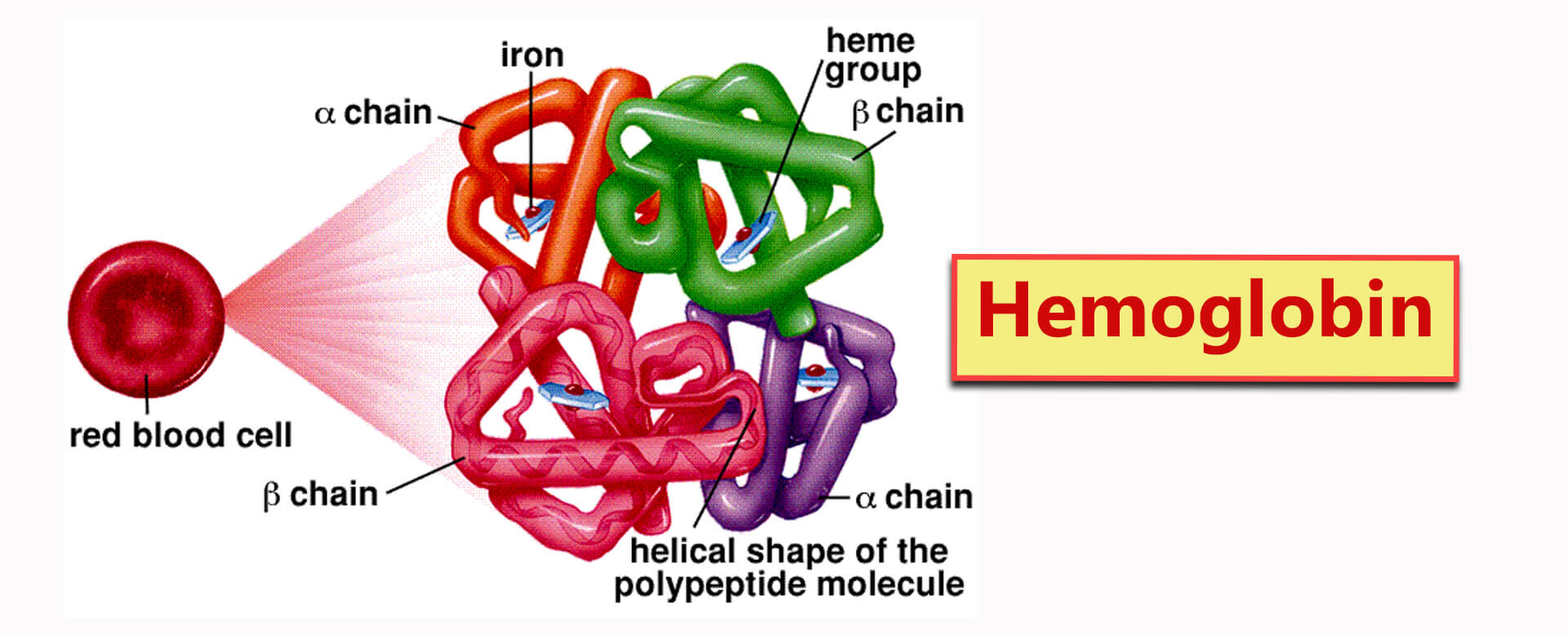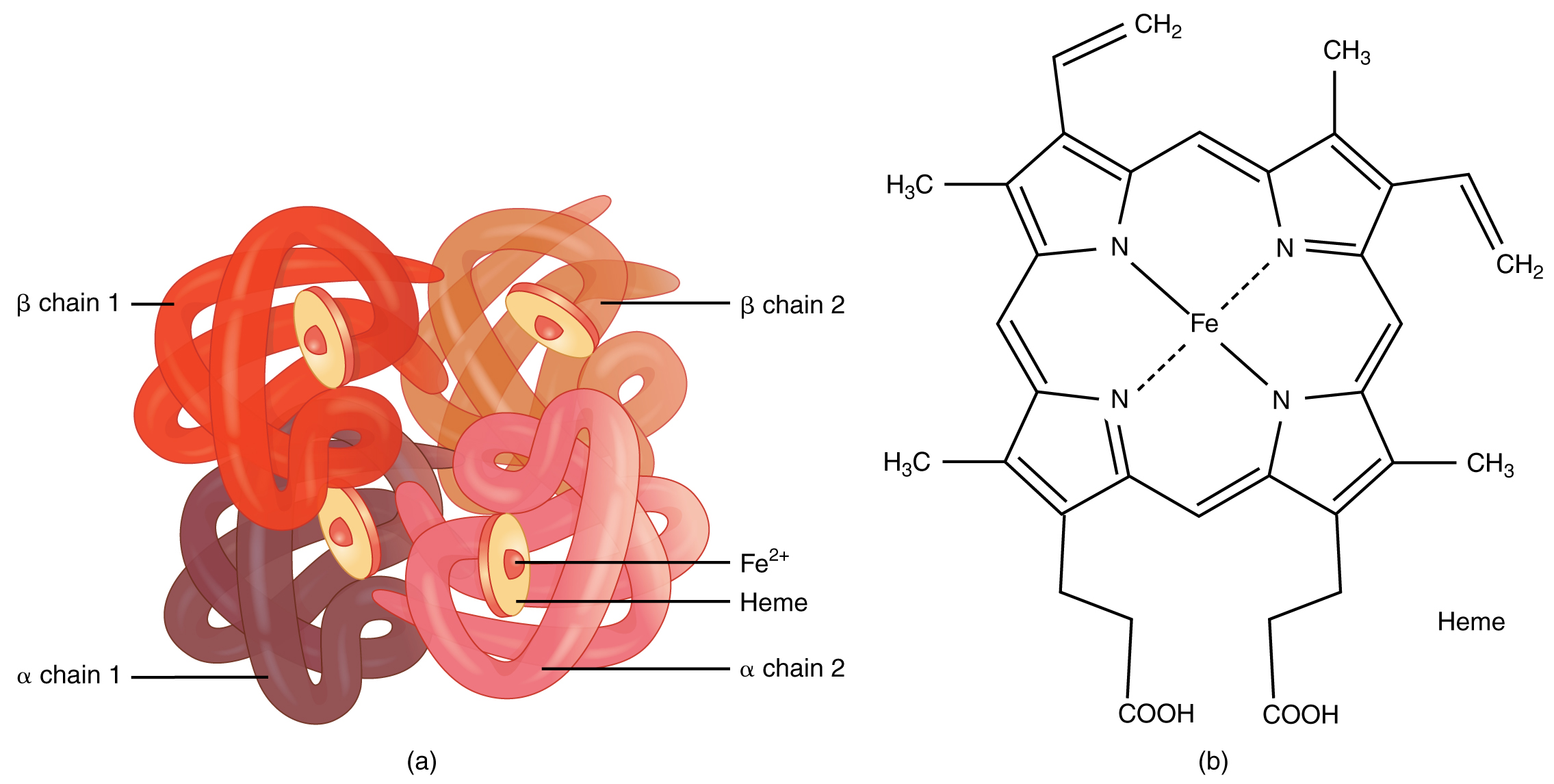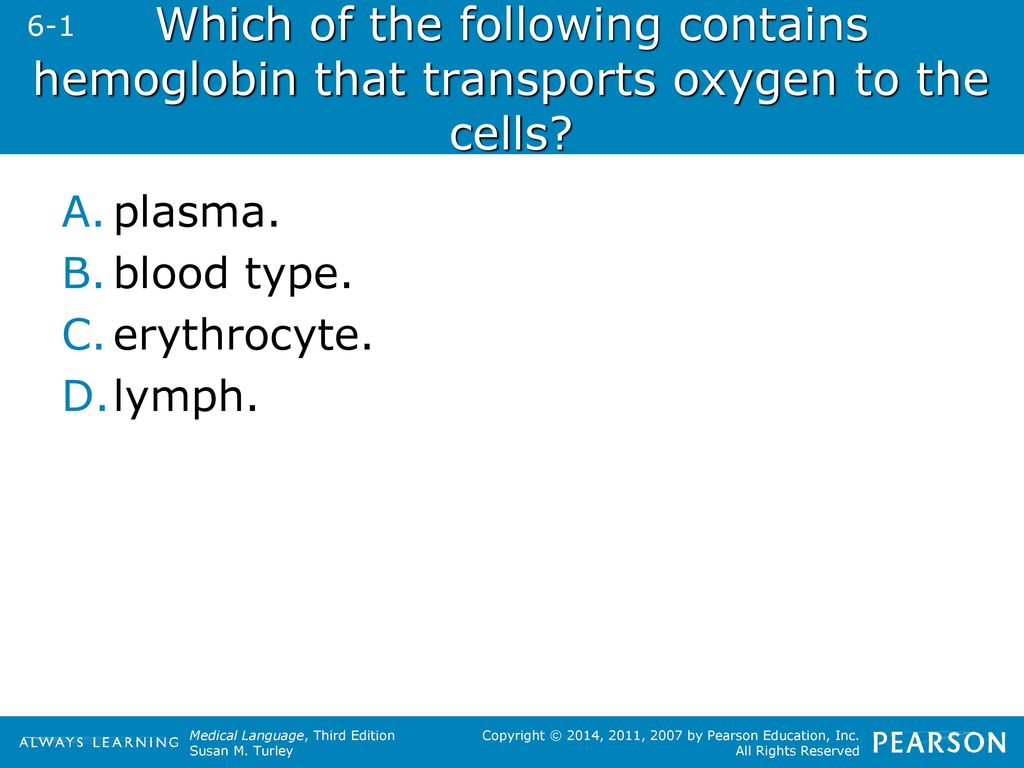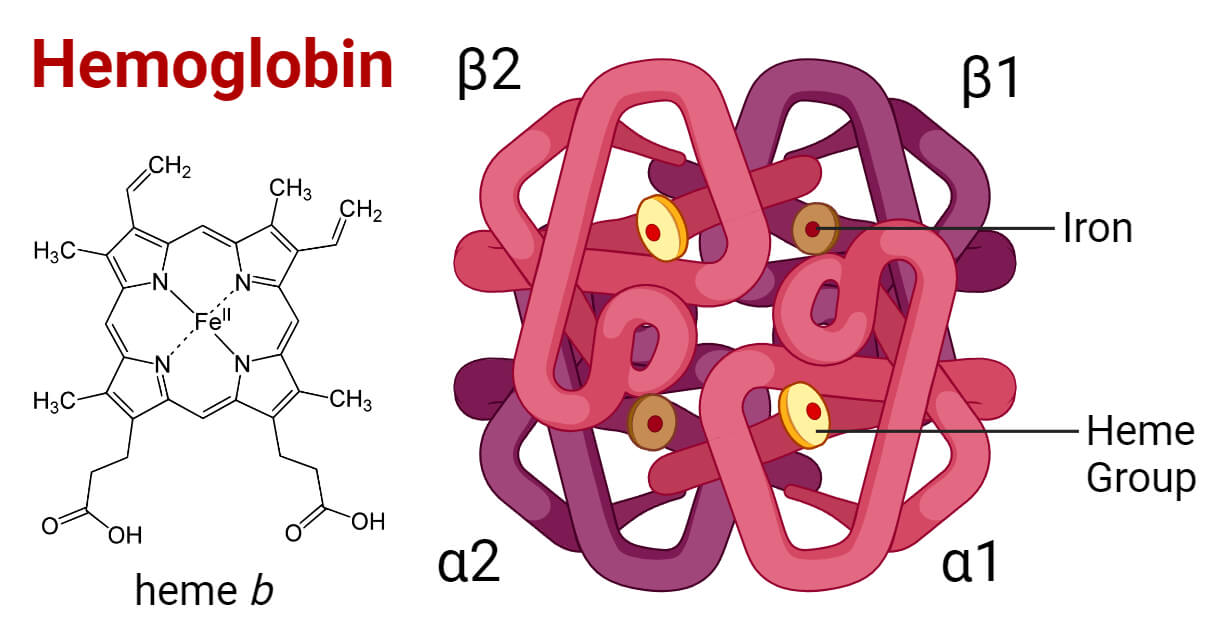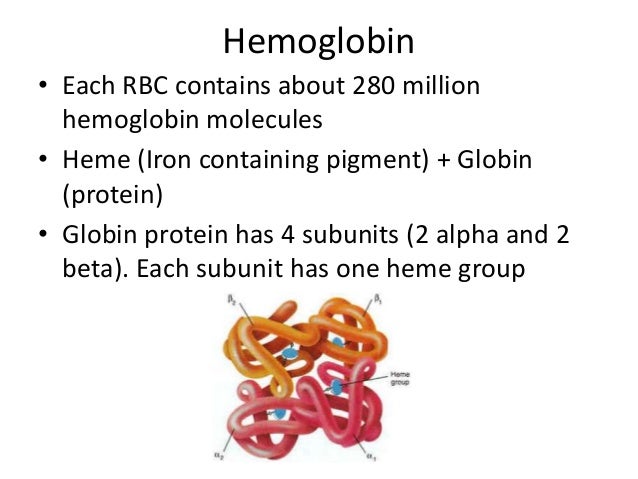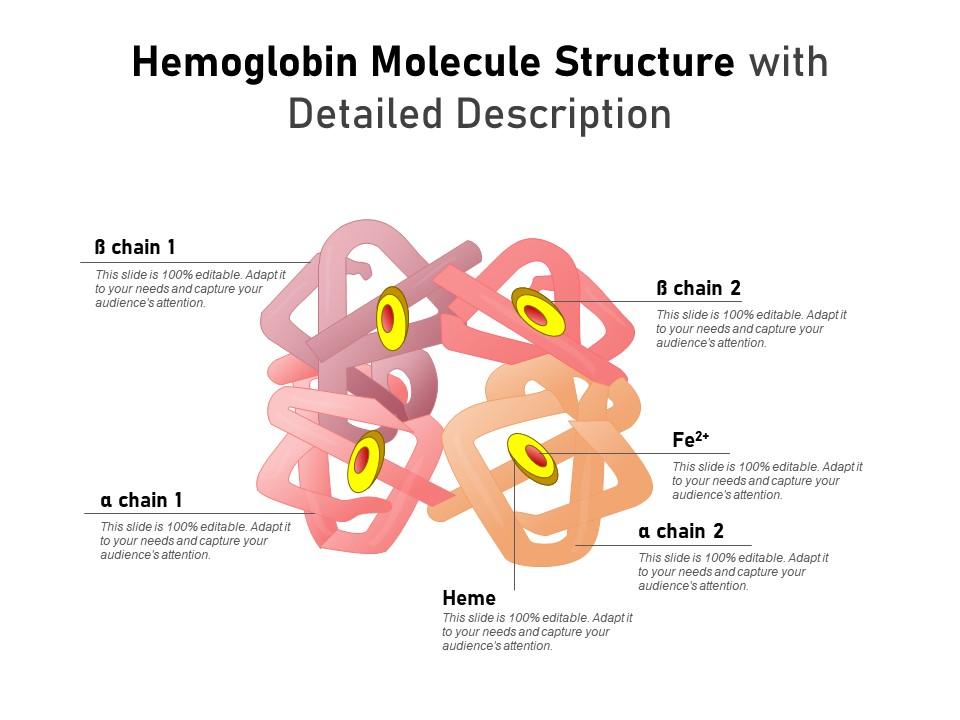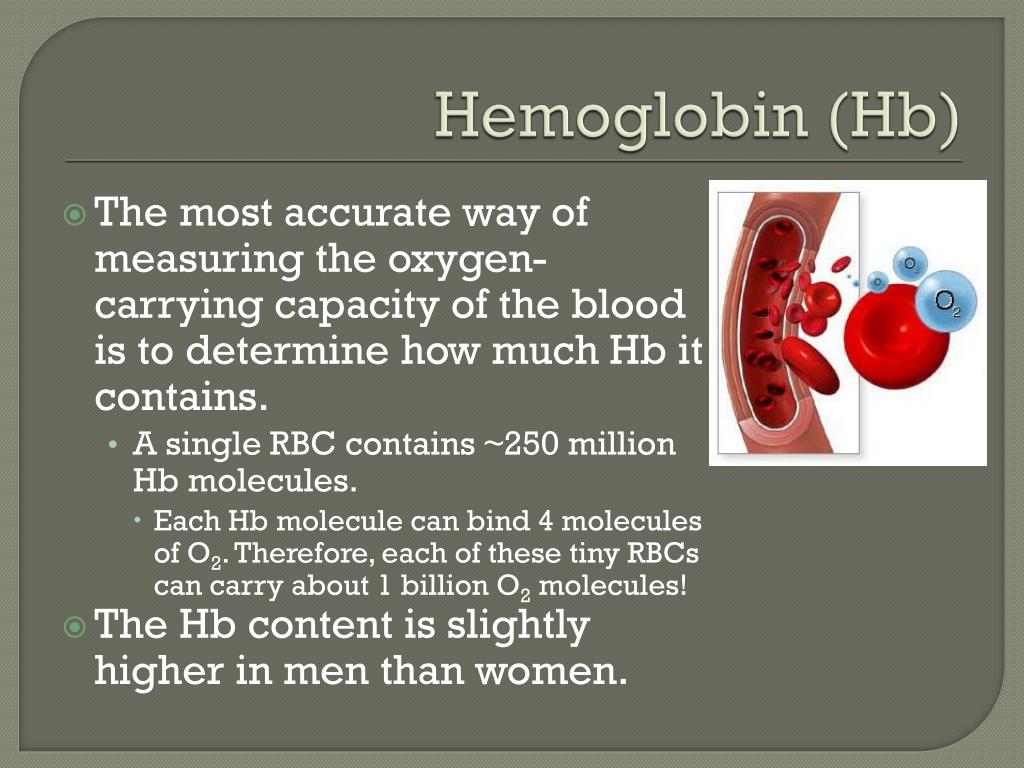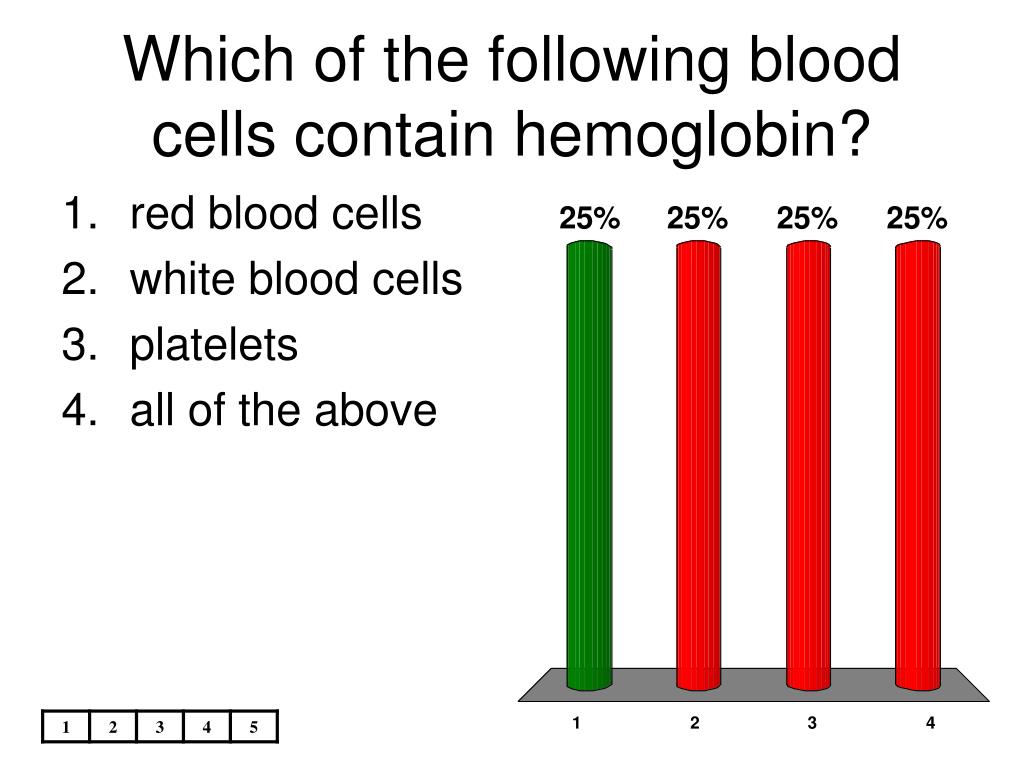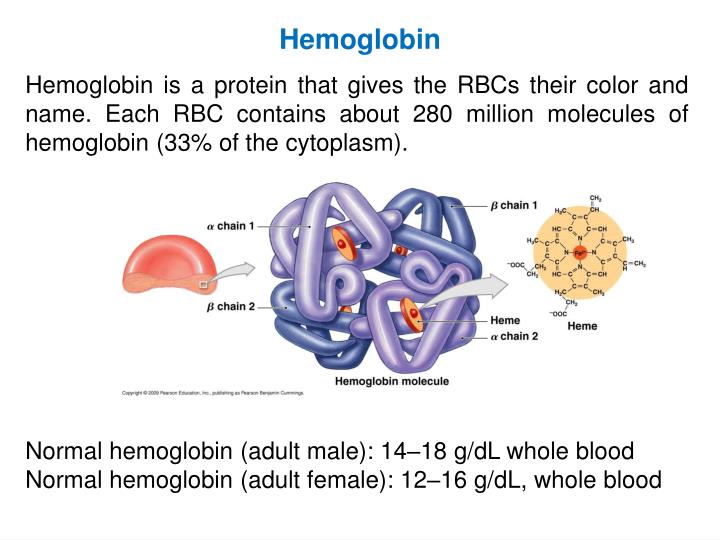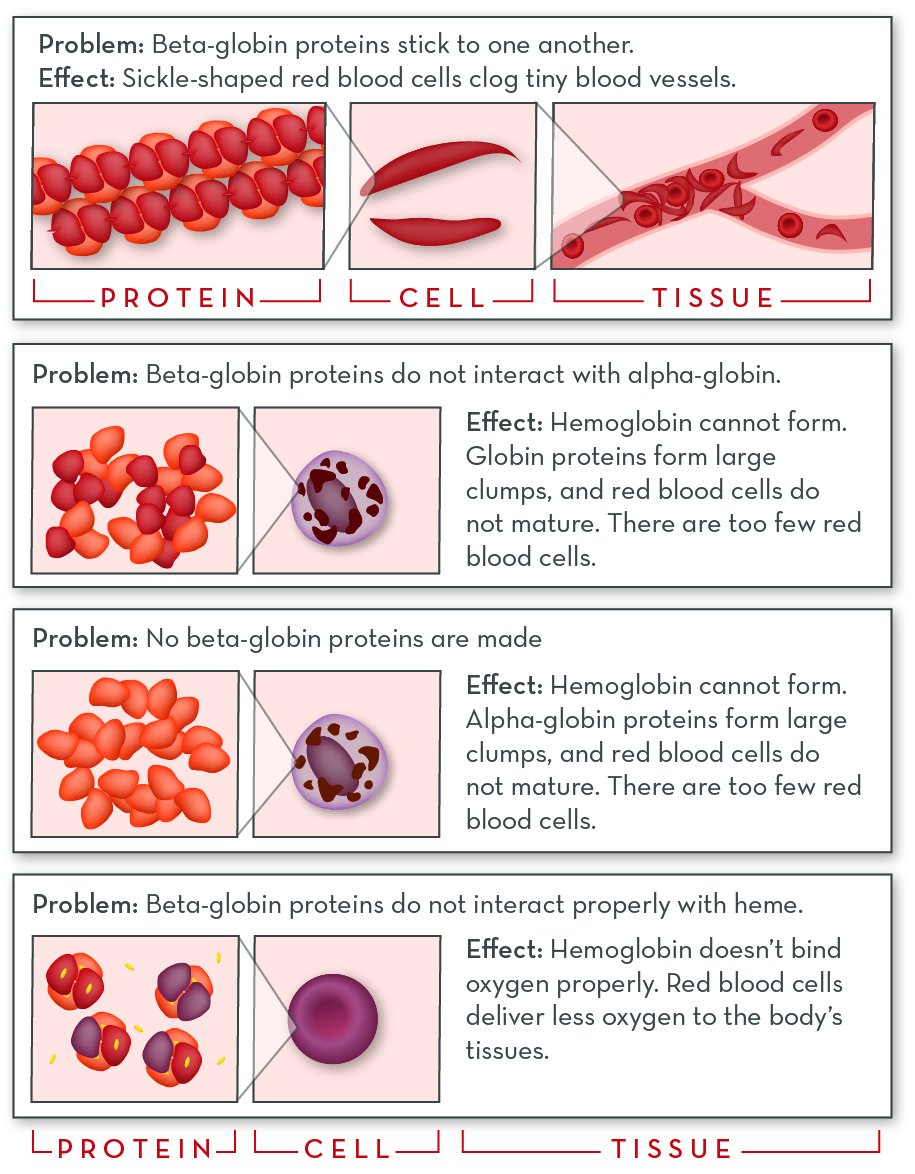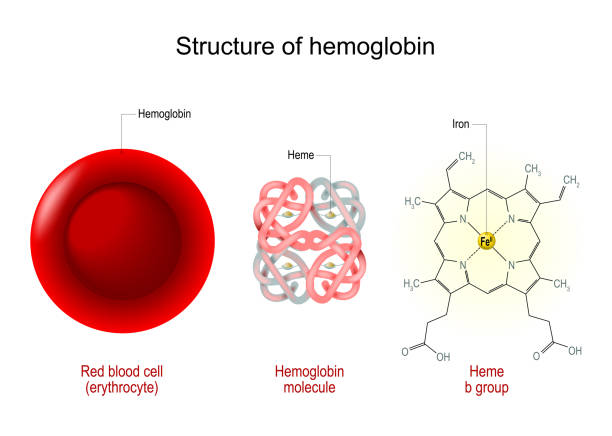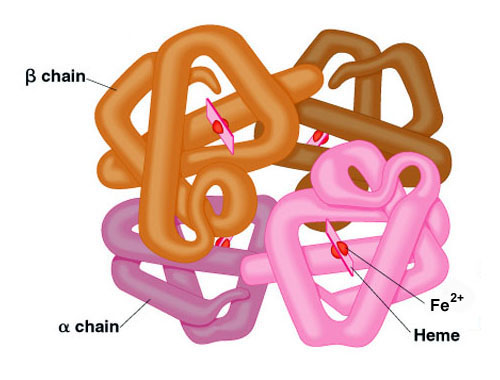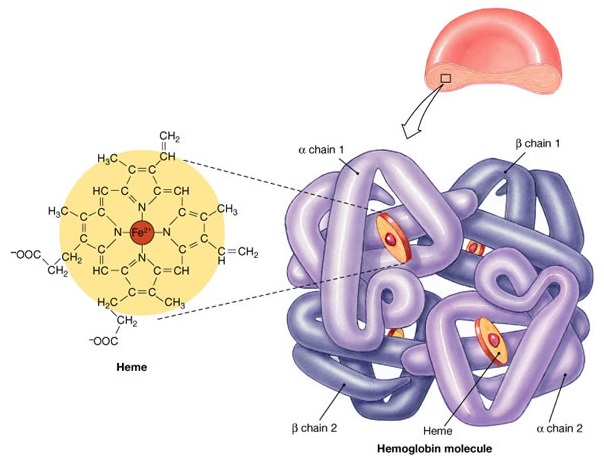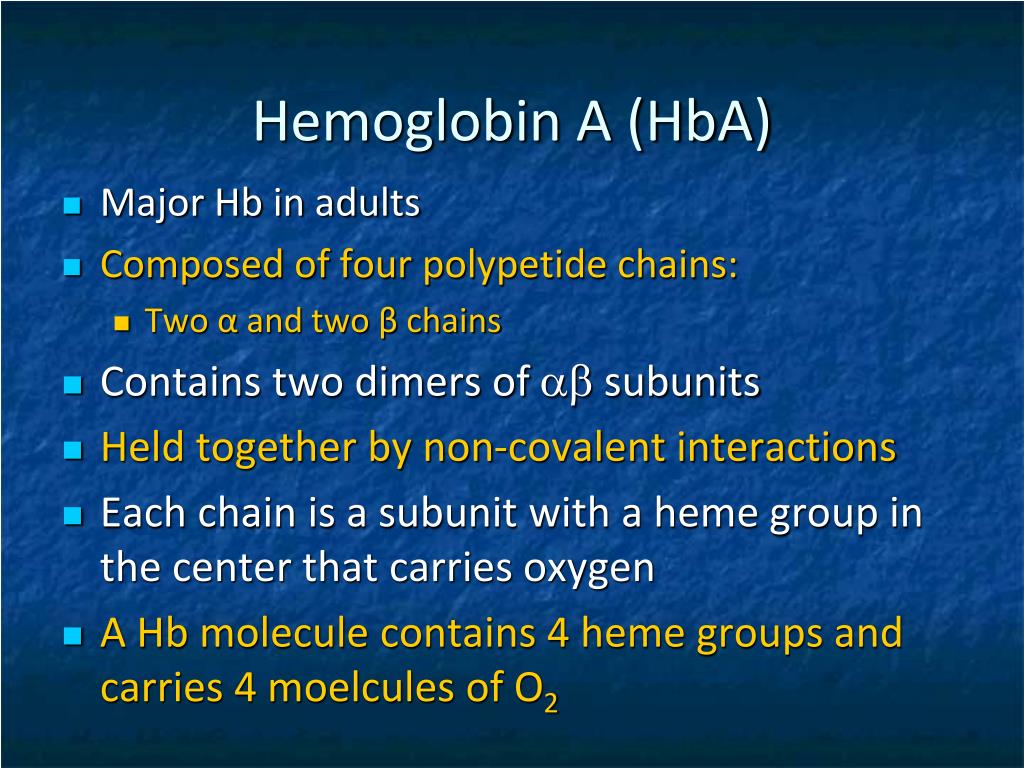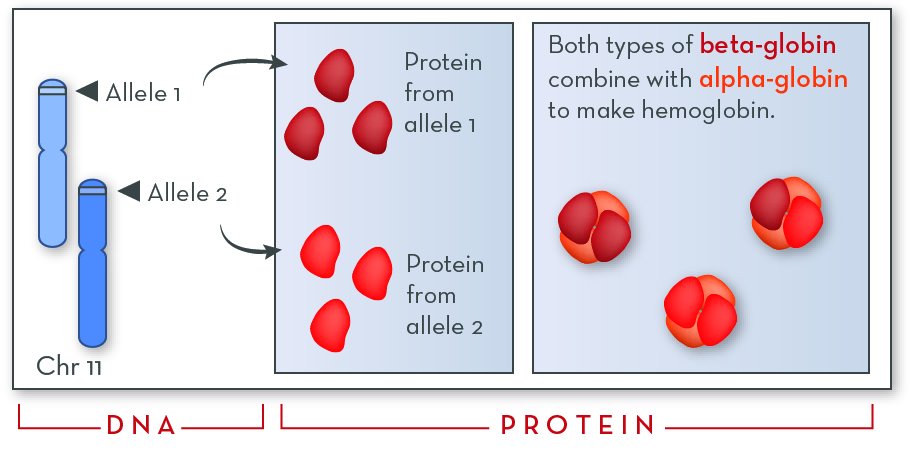Which Of The Following Contains Hemoglobin

Imagine a crimson river, not of water, but coursing through a landscape of intricate pathways. This river carries life, oxygenating every corner of the body, fueling every breath and every movement. The magic behind this life-giving flow lies within a tiny molecule, a protein of immense importance: hemoglobin.
So, where do we find this vital protein? The answer, surprisingly, is not just in the obvious places. This article delves into the fascinating world of hemoglobin, exploring its primary source and shedding light on some unexpected locations where it plays a crucial role.
The Primary Residence: Red Blood Cells
When we think of hemoglobin, the first and most accurate association is with red blood cells (RBCs), also known as erythrocytes. These specialized cells are the workhorses of our circulatory system.
Their primary function is to transport oxygen from the lungs to the body's tissues and carbon dioxide back to the lungs to be expelled.
Hemoglobin is the key player in this process.
The Structure of Hemoglobin
Hemoglobin is a complex protein with a quaternary structure, meaning it's composed of multiple subunits. Each hemoglobin molecule contains four globin chains, two alpha chains and two beta chains in the most common adult form.
Each of these chains is associated with a heme group, which is a porphyrin ring containing an iron atom. It is the iron atom within the heme group that binds to oxygen.
This iron-oxygen interaction is what gives blood its characteristic red color.
Hemoglobin's Role in Oxygen Transport
In the lungs, where oxygen concentration is high, hemoglobin readily binds to oxygen, forming oxyhemoglobin. This binding is reversible, allowing hemoglobin to release oxygen in tissues where the concentration is low.
The efficiency of oxygen delivery is affected by several factors, including pH, temperature, and the concentration of 2,3-diphosphoglycerate (2,3-DPG). These factors influence hemoglobin's affinity for oxygen, ensuring that oxygen is delivered where it's needed most.
Beyond Red Blood Cells: Unexpected Locations
While RBCs are the primary reservoir of hemoglobin, this vital protein can also be found in other locations, albeit in much smaller quantities. Its presence in these areas often points to specific physiological functions or even pathological conditions.
Brain
Small amounts of hemoglobin have been detected in the brain, particularly in neurons and glial cells. Its role in the brain is still under investigation, but it is thought to be involved in neuronal oxygen supply and protection against oxidative stress.
Studies have shown that hemoglobin levels in the brain may increase after stroke or traumatic brain injury, potentially contributing to neuroinflammation and secondary damage.
Therefore, understanding the role of hemoglobin in the brain could lead to new therapeutic strategies for neurological disorders.
Macrophages
Macrophages, a type of immune cell, play a crucial role in clearing damaged or aged red blood cells from circulation. During this process, macrophages engulf RBCs and break down hemoglobin.
The iron released from hemoglobin is either recycled or stored within the macrophage, while the remaining porphyrin ring is converted into bilirubin, which is then excreted.
This process is essential for iron homeostasis and prevents the accumulation of free iron, which can be toxic.
Kidneys
Under normal circumstances, the kidneys filter out small amounts of hemoglobin from the blood. However, in cases of hemolysis (the breakdown of red blood cells), the kidneys may be exposed to higher levels of free hemoglobin.
This can lead to kidney damage, as hemoglobin can precipitate in the renal tubules, causing obstruction and inflammation. This condition, known as hemoglobinuric nephropathy, can lead to acute kidney injury.
The kidneys have some protective mechanisms to deal with hemoglobin, but these can be overwhelmed in severe cases of hemolysis.
Other Tissues
Traces of hemoglobin have also been found in other tissues, such as the lungs and spleen. In these locations, hemoglobin may be involved in various processes, including oxygen transport, iron storage, and antioxidant defense.
However, the precise role of hemoglobin in these tissues remains to be fully elucidated.
Further research is needed to understand the full extent of hemoglobin's distribution and function throughout the body.
Clinical Significance of Hemoglobin Levels
Measuring hemoglobin levels in the blood is a routine part of a complete blood count (CBC), a common diagnostic test. The results of this test can provide valuable information about a person's health.
Abnormal hemoglobin levels can indicate various conditions, such as anemia (low hemoglobin) or polycythemia (high hemoglobin).
These conditions can be caused by a wide range of factors, including iron deficiency, genetic disorders, and chronic diseases.
Anemia
Anemia is a condition characterized by a deficiency of red blood cells or hemoglobin in the blood, resulting in reduced oxygen delivery to the body's tissues. Iron deficiency is the most common cause of anemia.
Other causes include vitamin deficiencies (such as vitamin B12 and folate), chronic diseases, and genetic disorders (such as thalassemia and sickle cell anemia).
Symptoms of anemia can include fatigue, weakness, shortness of breath, and pale skin.
Polycythemia
Polycythemia is a condition characterized by an abnormally high number of red blood cells in the blood, leading to increased hemoglobin levels.
It can be caused by various factors, including chronic hypoxia (low oxygen levels), genetic mutations, and certain types of cancer.
Symptoms of polycythemia can include headache, dizziness, blurred vision, and an increased risk of blood clots.
Hemoglobin Variants and Diseases
Genetic mutations can lead to the production of abnormal hemoglobin variants, some of which can cause serious diseases. The most well-known of these is sickle cell anemia.
In sickle cell anemia, a single amino acid substitution in the beta-globin chain leads to the formation of abnormal hemoglobin that polymerizes under low oxygen conditions, causing red blood cells to become sickle-shaped.
These sickle-shaped cells are rigid and fragile, leading to chronic anemia, pain crises, and organ damage.
Thalassemia
Thalassemias are a group of genetic disorders characterized by reduced or absent production of one or more globin chains. This can lead to anemia, as well as other complications such as bone deformities and organ damage.
The severity of thalassemia depends on the specific genetic mutation and the type of globin chain affected. Some forms of thalassemia are mild and require no treatment, while others are severe and require lifelong blood transfusions.
Genetic counseling and prenatal testing can help families at risk for thalassemia make informed decisions about their reproductive options.
Conclusion
Hemoglobin, predominantly found within red blood cells, is the cornerstone of oxygen transport in our bodies. Its presence, even in trace amounts, in other tissues like the brain and kidneys, highlights its diverse and critical roles in maintaining health.
Understanding hemoglobin, its structure, function, and the conditions that affect it, is essential for diagnosing and treating a wide range of medical conditions.
The ongoing research into hemoglobin's multifaceted roles promises to further illuminate the intricate workings of the human body and pave the way for innovative therapies.
